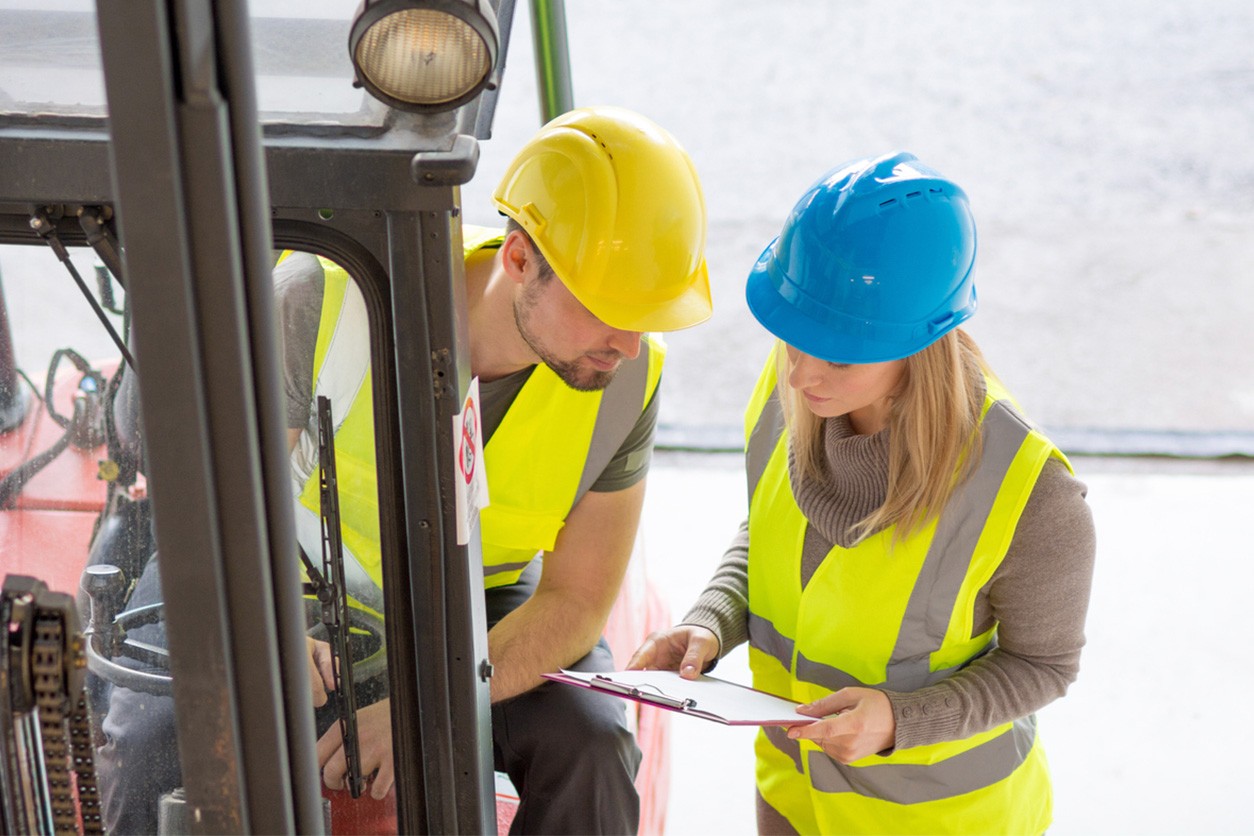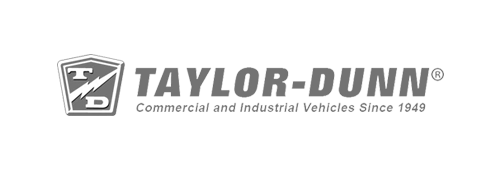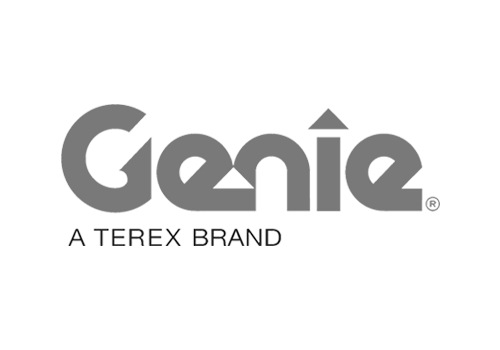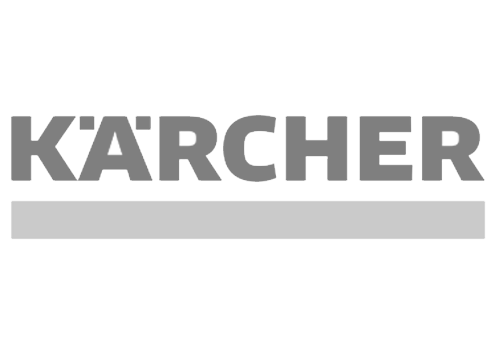
Forklifts come in several classes, but regardless of what kind of forklift your company uses, each operator needs to receive forklift training and certification, as well as OSHA-mandated training. Barclay Brand Ferdon offers forklift training to operators at businesses from the lower New York region to Middlesex and Ocean Counties in New Jersey. Here, we describe the types of forklift classes, as well as the training and certification required from every operator.
What Are The Classes of Forklifts?
There are seven different classifications of forklifts, and each forklift class has a specific purpose. They include:
- Class I (electric motor rider forklift): This class is equipped for the loading and unloading of tractor-trailers, moving pallets, and other indoor jobs site.
- Class II (electric motor narrow aisle forklift): Also known as reach trucks or order pickers, these forklifts are designed to maneuver in confined spaces.
- Class III (electric pallet jacks, stackers, and tow tractor): These forklifts are operated from behind and are used for unloading deliveries and transporting products, from the delivery vehicle to another forklift suited for the environment.
- Class IV (internal combustion cushion tire forklift): Operates on diesel or gas and has tires that cannot be punctured.
- Class V (internal combustion pneumatic tire forklift): Similar to Class IV, these are equipped for outdoor use.
- Class VI (electric/IC engine tow tractor): Often used in assembly lines, these forklifts are made for towing rather than lifting.
- Class VII (rough terrain forklift): These are equipped with tractor-style wheels and used in construction sites to build levels above the ground.
Basic Training and OSHA Requirements
Depending on the kind of forklift operators will be using, the training they receive will be specific to that type of lift. In most cases, the basic training will look similar to the following list, regardless of the forklift class:
- Charging or fueling
- Instruments and controls
- Maintenance and daily inspection
- Maneuvering and handling
- Maneuvering hazardous terrain
- Proper use of attachments
- Requirements for visibility
- Safety precautions and operation instructions
- Specifications for loads and stabilization
- Stabilizing the lift and maximum capacity
- Surface conditions on-site
- Working near pedestrians
In addition to basic training, your operators will need to fulfill OSHA requirements before getting behind the wheel of your forklifts. While much of the OSHA is covered in basic training, it also involves hands-on training with the equipment, an assessment of their skills, and written instruction. OSHA also requires that lift operators retrain every three years, or when any of the following apply:
- A change in working conditions
- An accident involving the forklift
- Operating a new class of forklift
- Operators reported for unsafe driving
Learn More about Barclay Brand Ferdon’s Authorized Forklift Trainers
Barclay Brand Ferdon has been training and certifying forklift operators for 15 years. Our training is led by Authorized Forklift Trainers who lead our training program following OSHA Standard 29 CFR 1910.178(l). In addition to keeping with OSHA standards, they also train your operators to remain in compliance with the American National Standards Institute (ANSI) and the American Society of Mechanical Engineers (ASME). We offer a four-hour basic training and certification, as well as a Train-the-Trainer program, from our facility in South Plainfield, NJ. Register for a class today, or contact us for more information.







